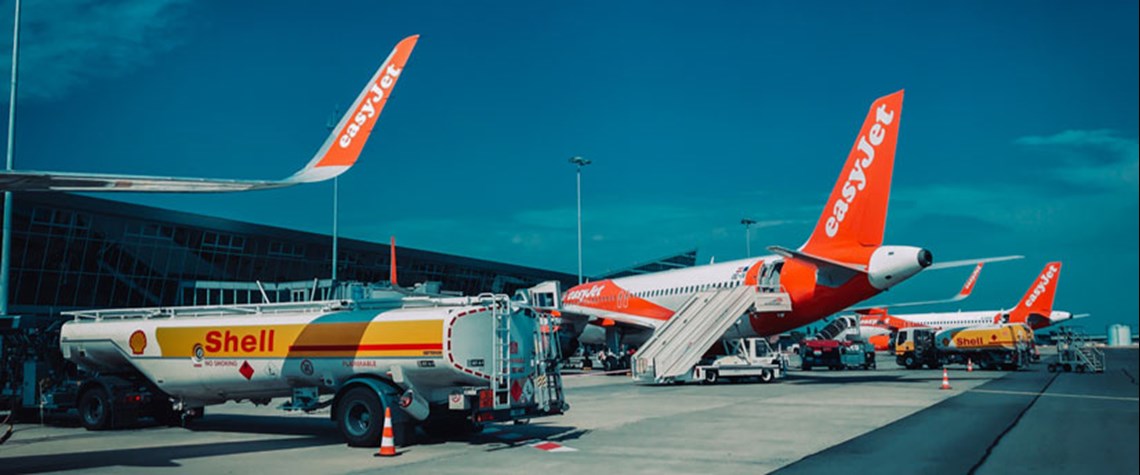The future of e-fuels – part two: Aviation
Liquid fuel in the form of low carbon sustainable aviation fuels likely to be needed for longer-haul routes as hydrogen aircraft will be limited to short-haul over 2035-2050
As mentioned in part one of this two-part series, the two e-fuels widely expected to perform best in coming decades are e-ammonia for long-distance maritime shipping and e-kerosene for aviation. Part two explores the potential of e-kerosene in the context of sustainable aviation fuel (SAF)—a sectoral term for biofuels and e-fuels and the primary way the global aviation sector is hoping to decarbonise through 2050—followed by the major barriers e-kerosene must first overcome. Potential scale The aviation sector acted as a trendsetter in 2009 when the Geneva-based International Air Transport Association (IATA), representing almost 300 airlines worldwide, set a goal of slashing its CO₂ emission

Also in this section
24 April 2024
Demand for energy purposes to outpace feedstock applications by the 2040s as government policies drive consumption, says DNV
24 April 2024
Danish firm joins growing list of European electrolyser manufacturers establishing production in US as IRA incentives prove strong draw
19 April 2024
UAE renewables developer weighs opportunities to join green hydrogen projects in US and Canada, Andreas Bieringer, director of green hydrogen business development and commercial, tells Hydrogen Economist
17 April 2024
Building green hydrogen ports and lower production costs key to becoming global exporter







